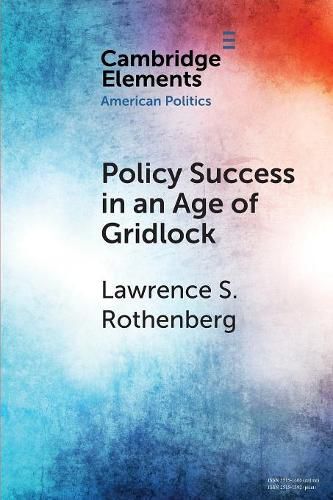Readings Newsletter
Become a Readings Member to make your shopping experience even easier.
Sign in or sign up for free!
You’re not far away from qualifying for FREE standard shipping within Australia
You’ve qualified for FREE standard shipping within Australia
The cart is loading…






Since 1990, polarization hindered changing environmental policy statutorily. Yet, in mid-2016 the Lautenberg Act regulating toxics - chemicals employed in commerce - was passed, winning business and environmental support. What might explain this? Has the Trump administration undercut the law’s effects? Does the Act’s passage portend more progressive actions? We show that the Act was a function of the status quo changing due to regulatory efforts abroad and in the United States, and from outside pressures on business. These influences impacted implementation, with the Trump administration not targeting toxics regulation analogous to other programs. Further, the processes we observe for toxics may not be unique.
$9.00 standard shipping within Australia
FREE standard shipping within Australia for orders over $100.00
Express & International shipping calculated at checkout
Since 1990, polarization hindered changing environmental policy statutorily. Yet, in mid-2016 the Lautenberg Act regulating toxics - chemicals employed in commerce - was passed, winning business and environmental support. What might explain this? Has the Trump administration undercut the law’s effects? Does the Act’s passage portend more progressive actions? We show that the Act was a function of the status quo changing due to regulatory efforts abroad and in the United States, and from outside pressures on business. These influences impacted implementation, with the Trump administration not targeting toxics regulation analogous to other programs. Further, the processes we observe for toxics may not be unique.